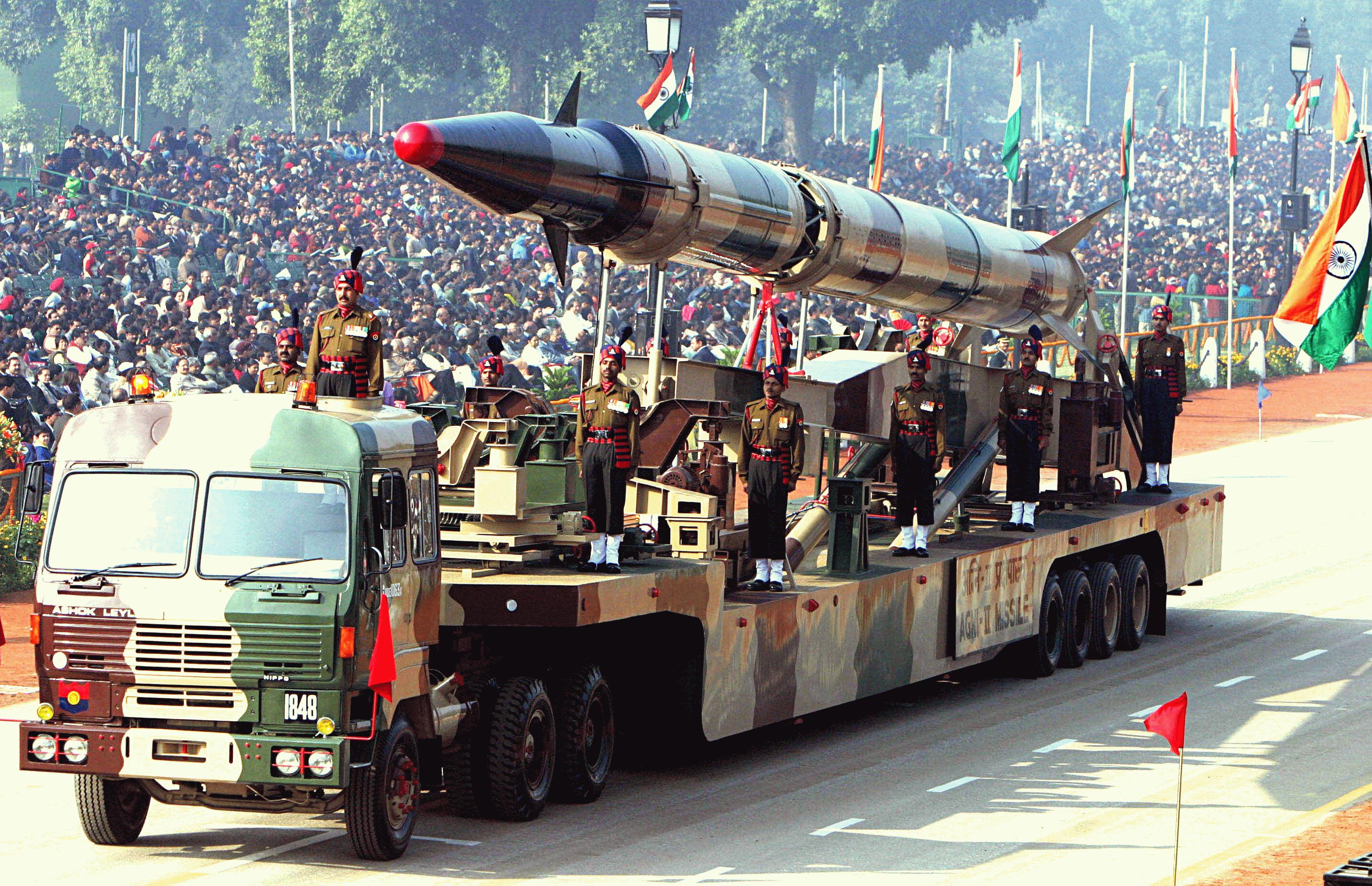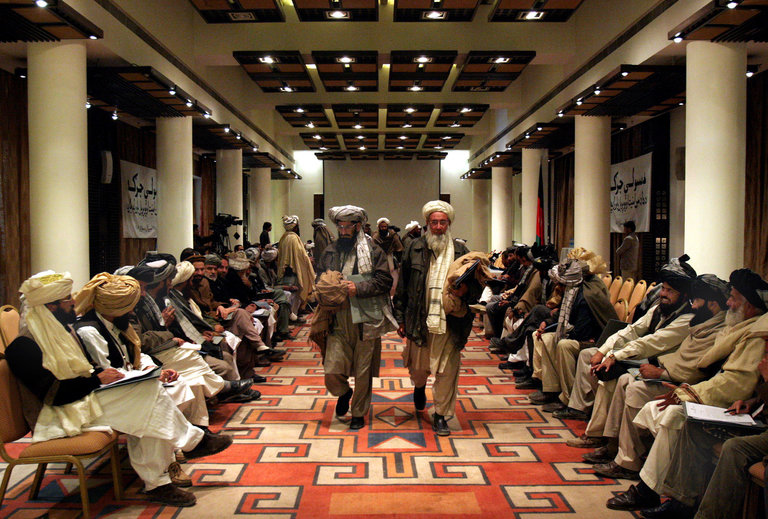Shamsa Ashfaq

Reportedly, India and China held threadbare discussions on 31 Oct 2016 in an attempt to iron out their differences. China has so far opposed India’s entry into the NSG because India is not a signatory to the Non-Proliferation Treaty. But India is seeking exemption on the basis of 2008 waiver by the NSG besides her false projection of so called clean track record in nuclear sector. At this juncture it is important to mention that India and its allies including US have continually been portraying India’s nuclear track record as an A grade. In reality India has the poorest safety and security record vis-à-vis its nuclear energy. An independent US report has recently declared the Indian nuclear programme not only unsafe but also called for a satisfactory international oversight.
The recently released report titled “The Three Overlapping Streams of India’s Nuclear Programmes” by the Belfer Centre at the Harvard Kennedy School highlighted that Pakistan had a reason to be concerned that India could use its unsafeguarded portions for boosting its nuclear weapons system. It further observed that India is currently running three streams including civilian safeguarded, civilian un-safeguarded and military nuclear programmes. The report further revealed that “the relationships and overlap among the three streams are not transparent and that the IAEA may contribute to India’s stockpile of unsafeguarded weapons-usable nuclear material”. The Belfer Centre report has also warned that India’s current stockpile of reactor-grade plutonium from power reactors has the significant potential to be made available to weaponry programme. According to European intelligence “early warning’ assessment, India is one of six proliferate countries that require European companies to exercise special care to prevent illegal exports. Secondly, India’s procurement system for its gas centrifuge program leaks sensitive gas centrifuge information through its bidding or tendering process. Thirdly, Indian export controls are poorly implemented and the possibility of onward proliferation remains a serious concern.
The Risk Report, a Wisconsin project on Nuclear Arms Control, in its volume-I of March 1995 publication revealed that in past India relied on clandestine imports of heavy water to help fill its reactors. The steady stream of heavy water though look and tastes like ordinary water but is used to run reactors that make plutonium. According to the report, India arranged secret shipments of Chinese, soviet and Norwegian water to start the Dhruva and Madras reactors during the 1980s. The Risk Report also possesses shipping declarations, company audits and diplomatic cable traffic showing that India received above mentioned shipments through a West German nuclear materials broker named Alfred Hempel. The documents further disclosed that between 1983 and 1989 India received at least 80 tons of soviet heavy water under the table and 26.5 tons of Norwegian heavy water through diversions. Romanian official records endorsed that 12.5 tons of Norwegian water were diverted to India through Romania in 1986.
A 1988 report by the Indian Comptroller and Auditor General disclosed that India, in order to meet its heavy water production shortfall to run its four uninspected reactors from 1978 through 1986, chose secret sources to keep its reactor and plutonium free from international controls. At later stages, India planned to sell heavy water to South Korea and supply reactor technology to Iran in a bid to start several new reactors and finance them by early 21st century.
On 20 May 1974, a Canada Radio programme “As It Happens” explained the story of India’s “peaceful” bomb. It said India’s nuclear detonation in 1974 was built using plutonium from a research reactor (categorically meant for peaceful purposes only) donated by Canada to India in 1956. Since 1974 explosion was in violation so it drew criticism from around the world and most nations including Canada stopped lending technical assistance to India. At that time also India displayed its typical arrogance to international norms and soon built a plutonium separation plant to help refine plutonium from its nuclear waste and developed its own nuclear reactors based on Cirus design.
In the same sequence, recently a research study conducted by the scholars of Institute of Strategic Studies Islamabad (ISSI) unveiled some disturbing facts overlooked by the major powers notwithstanding that their biases and inclination towards India serve as a source of threat for Pakistan. According to the study, India’s own uranium reserves are sufficient enough to run its existing reactors for more than a century. The production of nuclear fuel is also beyond current requirements of India’s Pressurized Heavy Water Reactors.
The study further assesses India’s uranium enrichment programme to be the fastest growing in the world with ample capacity to run not only its large future fleet of nuclear powered ballistic missile submarines but also to build thermonuclear weapons. India has most of its nuclear reactors outside the IAEA safeguards and there is also no adherence to previously agreed upon objective of separating civilian and strategic nuclear facilities. The current unsafeguarded nuclear reactor capacity of India allowing it to develop up to 356 to 492 plutonium-based nuclear weapons, suggests the assessment of the Indian nuclear weapon making capacity. The study further adds that India keeps its Fast Breeder Reactor (FBR) programme outside the IAEA safeguard for potential military use. Yet, India still stands as a responsible nuclear state that should be part of NSG.
The incidents of theft and illegal export of fissile nuclear material are just an addition to India’s risky nuclear programme. It is evident now that India’s nuclear proliferation, safety and security record is not impeccable as widely portrayed by India and allies. Rather if weighed objectively, Pakistan would be found holding all the required credentials better than India on the basis of which India is being given nuclear-related exemptions. It is for the West and US particularly to shun unilateral support to India’s pursuit for NSG membership by undermining the spirit of non-proliferation regime and instead adopt an even-handed approach vis-à-vis Pakistan and India as a part of greater global peace initiative.




